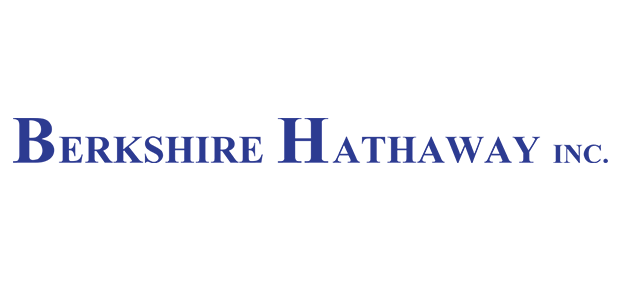Warren Buffett’s Berkshire Hathaway fell to an underwriting loss due to the impact of 2017 catastrophe events drove $3 billion of losses, while at the same time the firm increased its liability estimates for the AIG adverse development coverage (ADC) contract.

Hurricanes Harvey, Irma and Maria alone drove $3 billion of losses for Berkshire Hathaway’s insurance and reinsurance underwriting division, which alongside the impacts of other loss events sent the property and casualty business to a $3.2 billion loss, before tax.
Warren Buffett explained in his annual shareholder letter, “I have regularly told you that I expect Berkshire to attain an underwriting profit in a majority of years, but also to experience losses from time to time. My warning became fact in 2017, as we lost $3.2 billion pre-tax from underwriting.”
After tax, Berkshire Hathaway’s insurance and reinsurance underwriting operations fell to a $491 million loss for the fourth-quarter of 2017 and a $2.219 billion loss for the full-year.
Buffett explained how the hurricanes hurt the firm, saying, “My guess at this time is that the insured losses arising from the hurricanes are $100 billion or so. That figure, however, could be far off the mark. The pattern with most mega-catastrophes has been that initial loss estimates ran low.
“We currently estimate Berkshire’s losses from the three hurricanes to be $3 billion (or about $2 billion after tax).”
But even these mega catastrophes barely dented the Berkshire Hathaway conglomerate, given the income earned from its other businesses and its core investment activities, including the deployment of the all-important insurance float.
This led Buffett to explain how Berkshire Hathaway has been much less impacted by the hurricanes than its reinsurance competitors.
“It’s worth noting that the $2 billion net cost from the three hurricanes reduced Berkshire’s GAAP net worth by less than 1%. Elsewhere in the reinsurance industry there were many companies that suffered losses in net worth ranging from 7% to more than 15%,” he explained.
Insurance and reinsurance premium float continues to build at Berkshire Hathaway and investing that float drives significant income, $1 billion in the fourth-quarter alone. For the full-year 2017 insurance investment income passed $3.9 billion for the firm, up approximately $300 million on the prior year.
The insurance float pile increased again during the year, rising to an impressive $114 billion at the end of 2017.
The insurance investment float was a mere $70 billion as recently as 2011 and in recent years Berkshire’s cost of float was negative, due to net underwriting gains from 2013 to 2016.
In 2017 the cost of average float was approximately 3%, largely due to the major catastrophe losses as well as foreign currency exchange rate losses.
Buffett explained that float comes with risk bearing responsibilities, saying, “The downside of float is that it comes with risk, sometimes oceans of risk. What looks predictable in insurance can be anything but.
“I have warned you, however, that we have been fortunate in recent years and that the catastrophe-light period the industry was experiencing was not a new norm. Last September drove home that point, as three significant hurricanes hit Texas, Florida and Puerto Rico.”
The underwriting losses were apportioned as $310 million for primary auto arm GEICO, almost $3.65 billion for the Berkshire Hathaway Reinsurance Group, while the primary insurance arm made an underwriting profit of $719 million.
Alongside the underwriting losses, one other notable item from the Berkshire annual results is that the company expects claims to worsen from its massive adverse development reinsurance agreement with Berkshire Hathaway subsidiary, National Indemnity Company (NICO), which came into effect on January 1st, 2016.
During the fourth-quarter, Berkshire Hathaway increased its estimated ultimate claim liabilities for the AIG adverse development contract by approximately $1.8 billion, due to higher than expected loss payments reported by AIG under the contractual retention.
They also increased the related deferred charge asset by $1.7 billion, after it re-estimated the amounts and timing of future claim payments under the AIG contract.
The worsening of expected liability estimates under this adverse development cover demonstrates the reason AIG needed support from Berkshire in the first place. Berkshire Hathaway is probably the only company in the re/insurance world that could have taken on that risk from AIG and its support could be critical for the insurer as it moves forwards under its new leadership.


